Europe's avid mobile phone-users will soon be able to empty their drawers of the familiar tangle of chargers after leading manufacturers agreed to make the Micro-USB connector the industry standard.
According to a memorandum of understanding (MoU) submitted to the European Commission on June 29 by Nokia, Apple and eight other manufacturers, the first "inter-chargeable" mobile phones should reach European Union markets by 2010.
This agreement "will make life much simpler for consumers", since "they will be able to charge mobile phones anywhere from the new common charger," said EU Industry Commissioner Guenter Verheugen. "This also means considerably less electronic waste, because people will no longer have to throw away chargers when buying new phones," said Verheugen, who complained that he had six different chargers in his desk drawer.
The commissioner had threatened to pass legislation on the issue if the industry failed to come up with a voluntary deal. The EU represents the world's biggest market for mobile phones, with between 350 and 400 million currently in operation and some 185 million new ones sold each year.
The new standard, which will only apply to new-generation phones that can surf the Internet or send and receive emails, is based on the micro-USB (Universal Serial Bus) connector, which is increasingly used for digital cameras and smartphones.
The new chargers also promise to be more environmentally-friendly by not sucking in any more electricity once the phone is fully charged, said Bridget Cosgrave of DigitalEurope, an EU industry association. The commission expects the standard-enabled phones to hit European markets by the middle of 2010. By allowing retailers to sell phones without a charger, the move should also help bring down prices, officials in Brussels said.
Manufacturers originally developed different chargers to match their batteries, since batteries that were not charged correctly run the risk of exploding. But this problem has been resolved, Verheugen said, and the commission now expects the rest of the world to follow Europe's lead.
The manufacturers who signed the MoU are Apple, LG, Motorola, NEC, Nokia, Qualcomm, Research in Motion, Samsung, Sony Ericsson and Texas Instruments. The next step will be to develop standard chargers for other electronic goods such as laptops and digital cameras, Verheugen said.
BR100
15,103
Increased By
140.9 (0.94%)
BR30
42,619
Increased By
540.8 (1.29%)
KSE100
148,196
Increased By
1704.8 (1.16%)
KSE30
45,271
Increased By
438.2 (0.98%)










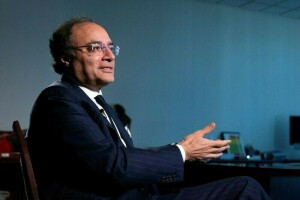

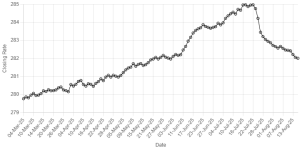


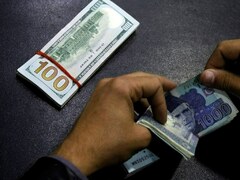
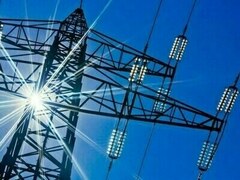


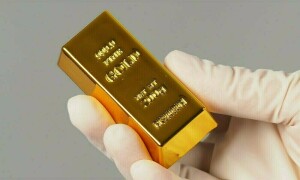


Comments
Comments are closed.